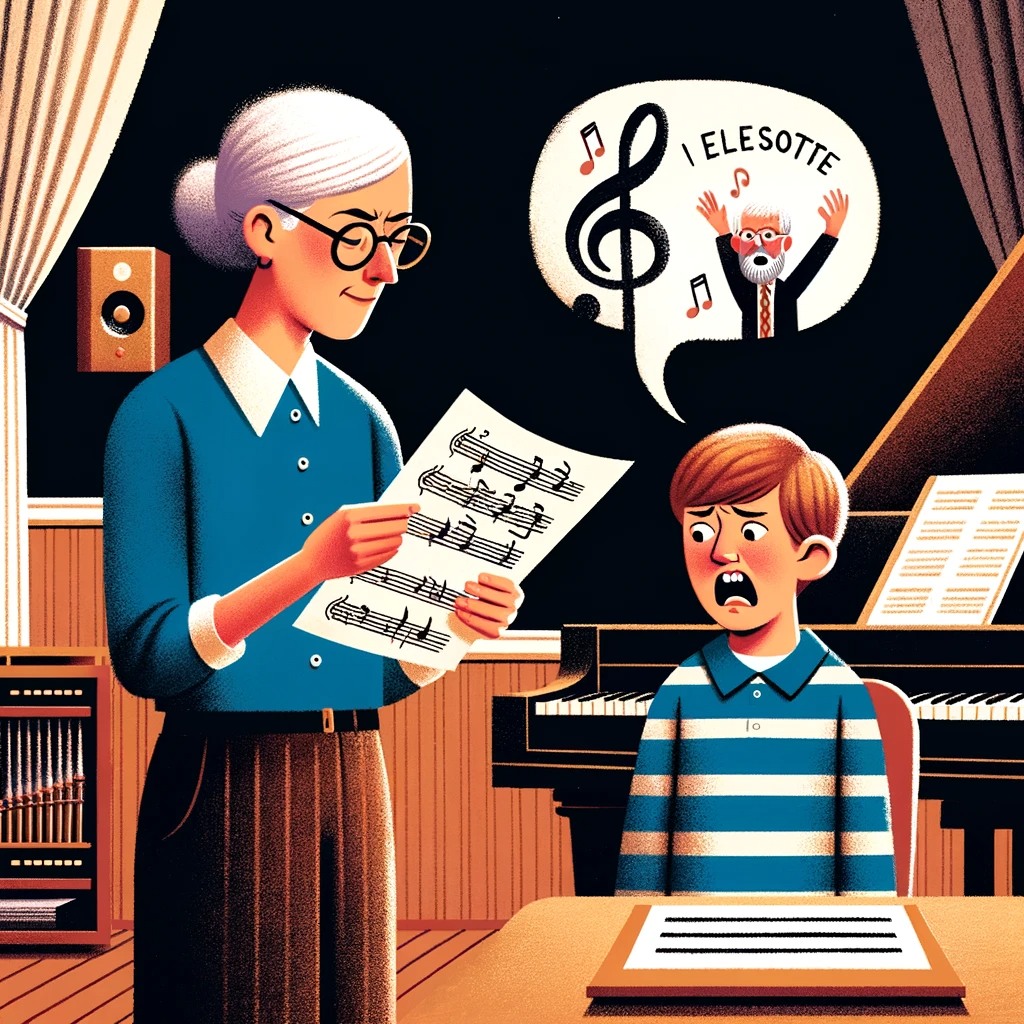As a passionate music educator I am always seeking innovative ways to inspire my students and help them develop a deeper connection with the music they play. Recently, I had a remarkable experience that beautifully illustrated the transformative power of Neuro-Linguistic Programming (NLP) techniques in music education.
The Catalyst:
My journey with NLP began long before I realized it. As a teenager in Italy, my fascination with self-improvement led me to read a magazine called “Millionaire” and explore various magazines. Little did I know that this early interest would later manifest itself in my teaching career. Today, I find myself unconsciously applying NLP techniques to enrich my students’ musical experiences.
The Transformative Moment:
One day, a student expressed her strong dislike for a musical piece she was working on. Instead of dismissing her feelings, I decided to take a different approach. I encouraged her to express her disdain directly by physically holding the sheet music and verbally expressing her negative emotions toward it. For about five minutes, she channeled her frustration into words of displeasure, literally yelling at the music on the sheet.
Reframing:
This act of externalizing her feelings allowed her to reframe her initial dislike. It created a separation between her emotions and the piece, reducing the intensity of her negative feelings.
Creating a New Association:
After this emotional release, I introduced her to the story behind the piece. We read the narrative, and I played a recording of the music on my phone. This shift in context from negative to positive was a crucial step in the process.
Anchoring with a Positive Experience:
As the music played, I watched her expression change. She started to connect with the piece on a deeper level. This new, positive exposure helped her form a new, favorable perception of the music.
The Transformation:
The outcome was nothing short of remarkable. My student exclaimed, “I actually love this piece!” She had experienced a profound shift in her perception of the music. What was once rejected had become something she genuinely enjoyed.
Conclusion:
This experience serves as a compelling example of how NLP techniques can be effectively employed in music education. By guiding students through a transformative journey of emotional expression and perspective change, we can help them forge a deeper connection with the music they play and with their musical journey in general. As a music educator, it is my mission to continue exploring and sharing these innovative approaches to inspire and empower the next generation of musicians.
In future blog posts, I will go deeper into the application of NLP techniques in music education and explore more ways to help students unlock their full musical potential.
Stay tuned for more insights and transformative stories from the world of music and NLP.
